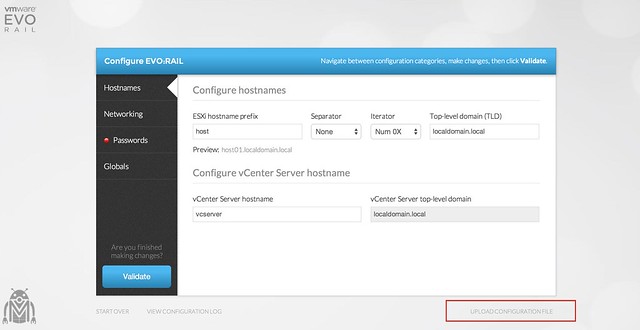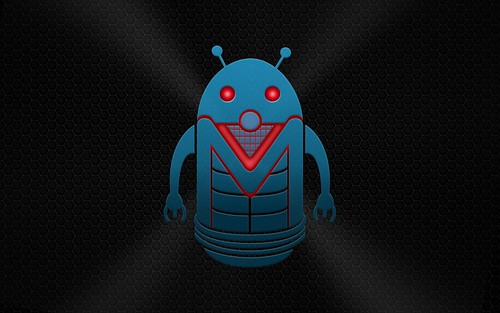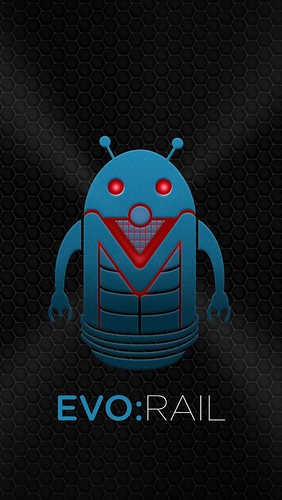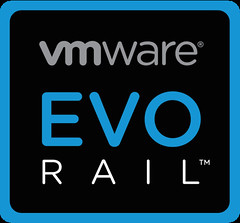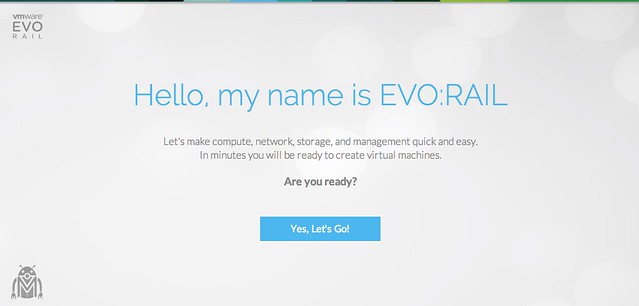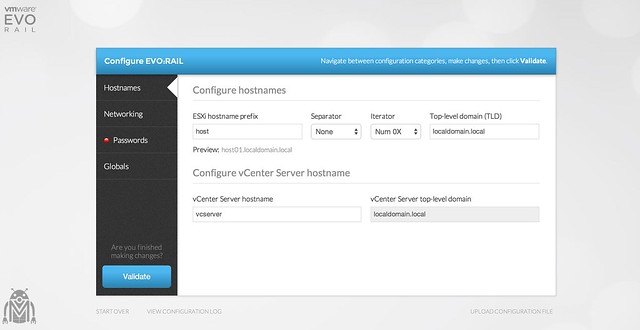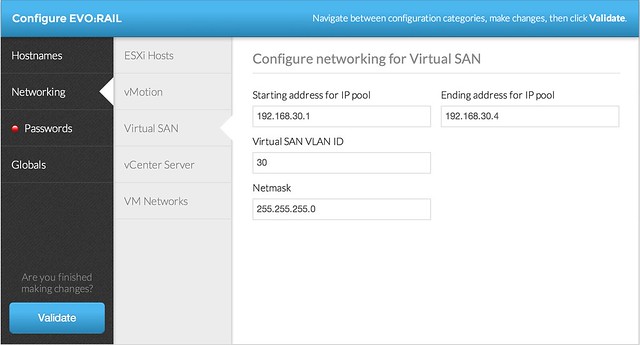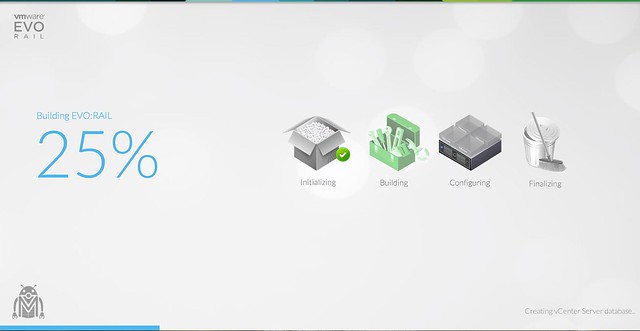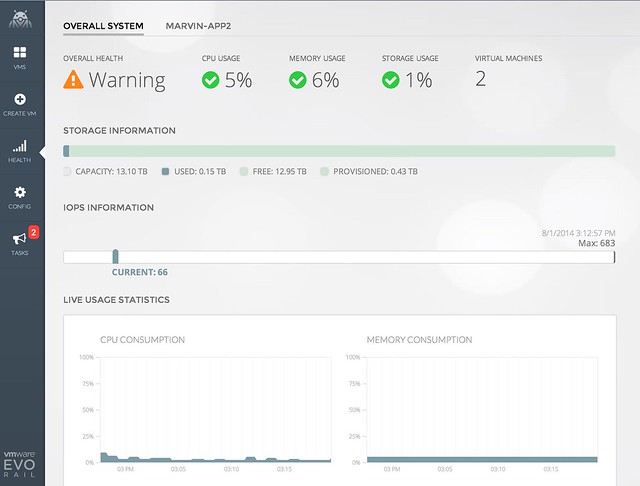I know a lot of you guys have home labs and are always looking for that next cool thing. Every once in a while you see something cool floating by on twitter and in this case it was so cool I needed to share it with you guys. Someone posted a picture of his version of “EVO:RACK” leveraging Intel NUC, a small switch and Lego… How awesome is a Lego VSAN EVO:RACK?! Difficult to see indeed in the pics below, but if you look at this picture then you will see how the top of rack switch was included.
Lego VSAN EVO Rack NUC style… Version 2.. Note top of rack switch!!@pdxvmug @vmwarevsan @IntelNUC @vExpert pic.twitter.com/SYFa6leLxX
— Nicholas Farmer (@vmnick0) January 9, 2015
Besides the awesome tweet, Nick also shared how he has build his lab in a couple of blog posts which are worth reading for sure!
- VSAN Cluster Running On Three Intel NUCs – Part 1 (The Build)
- VSAN Cluster Running On Three Intel NUCs – Part 2 (vCenter Deploy)
Enjoy,
